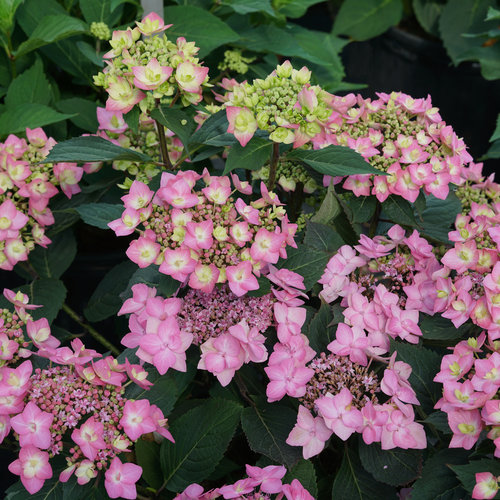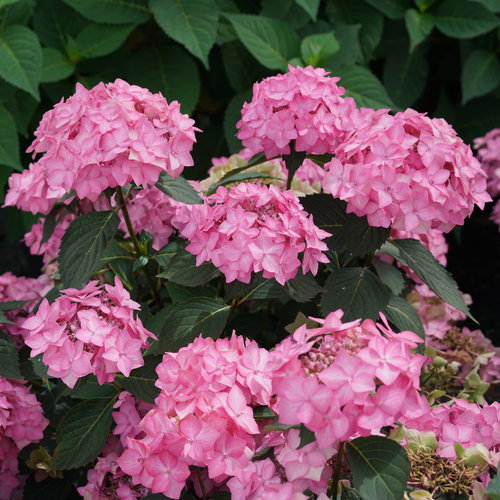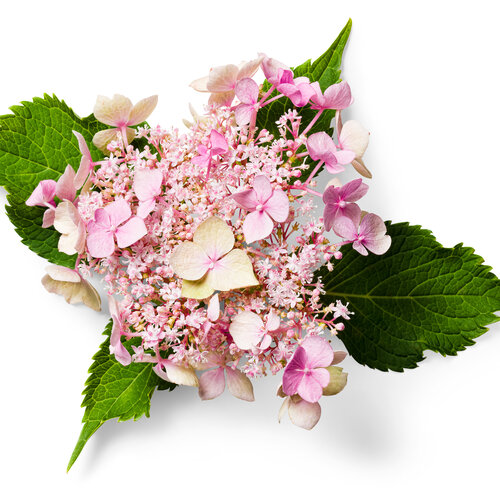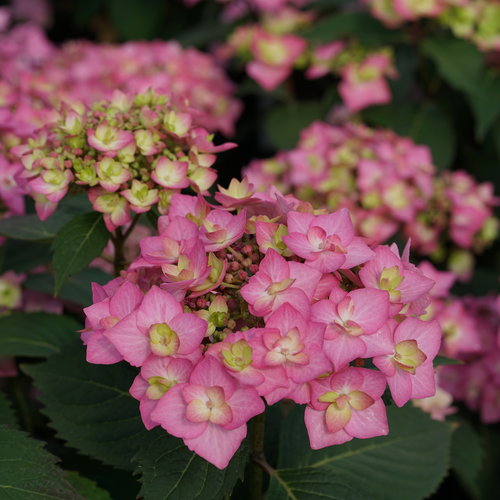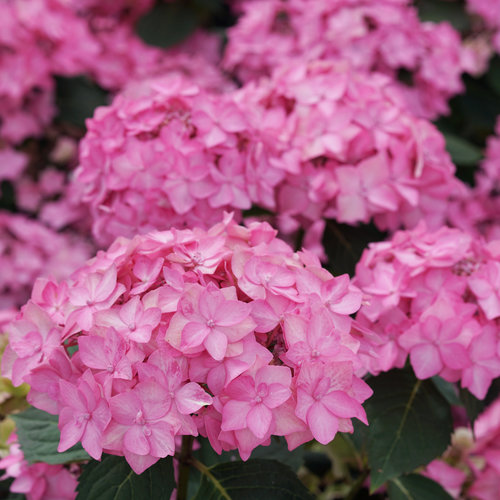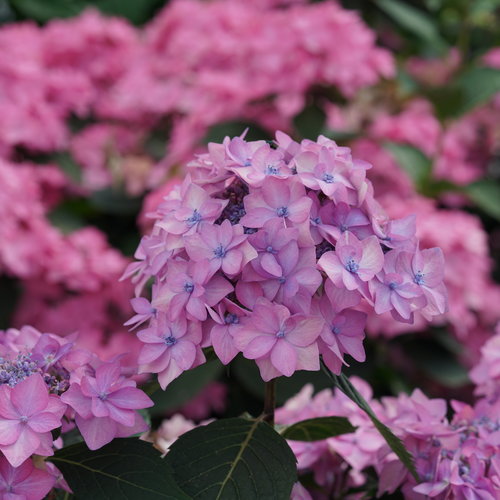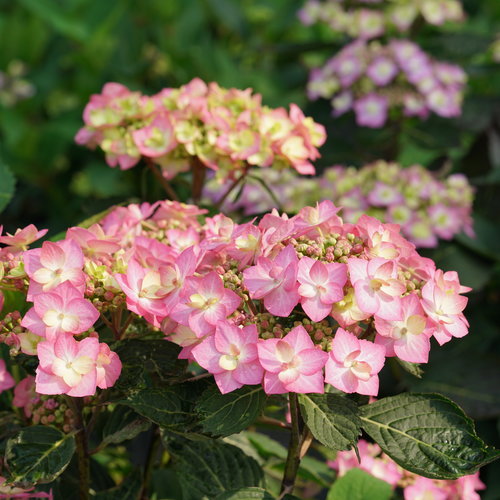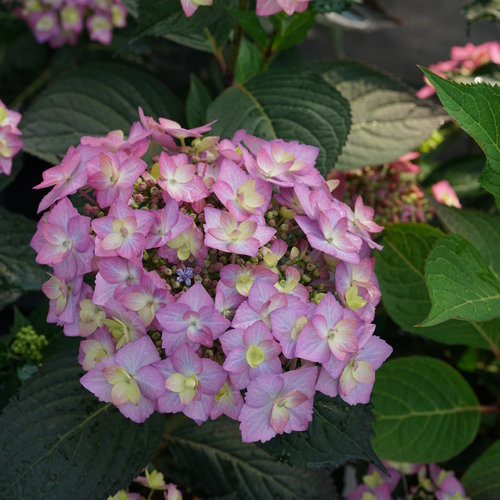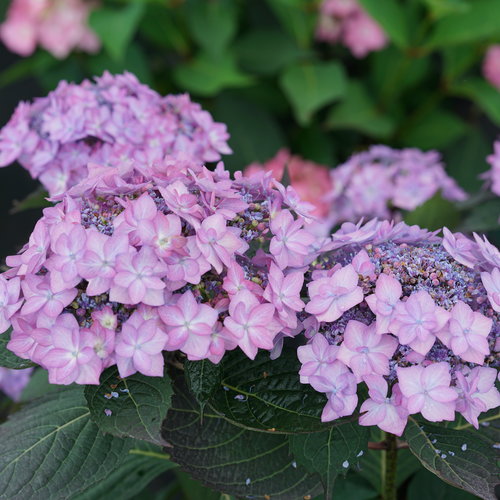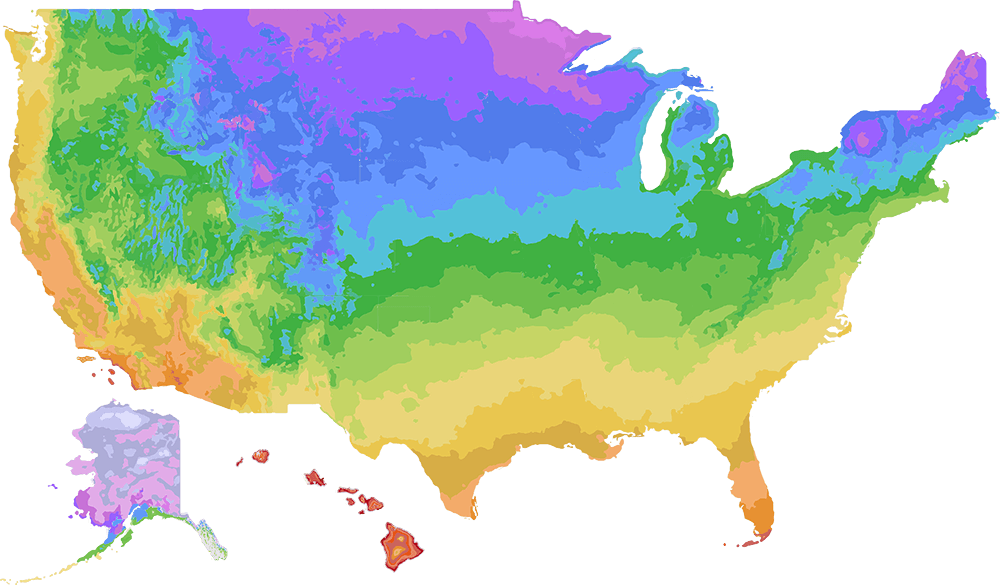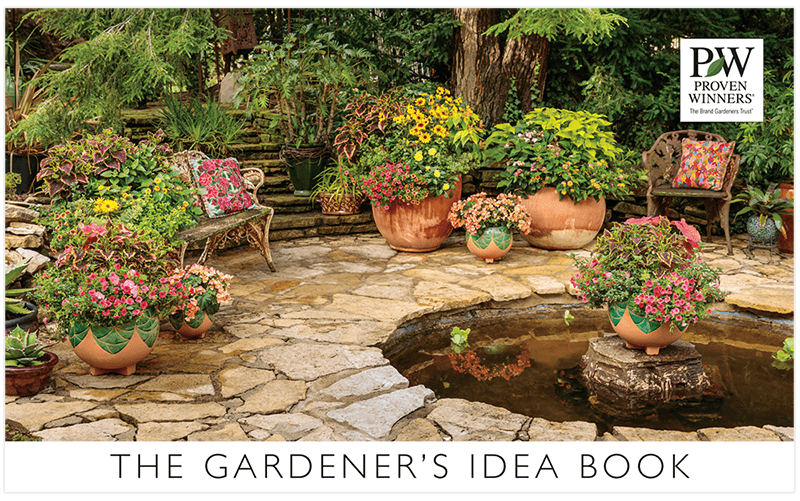Gorgeous plant and easy to grow but it cannot take full sun, no matter what the tag says. I had to move my three to an area that gets mostly shade except for some morning sun. Even there, the leaves are subject to burn in the mid-morning hot sun. Plant it where it gets shade from 10:00 a.m. to 6 p.m. It needs sun to bloom but will fry in hot, direct sunlight. Grows quickly and is easy to care for.
Let's Dance Can Do!® Reblooming hydrangea Hydrangea macrophylla × serrata
- Part Sun to Sun
- Sun
- Summer
- Fall
-
Details
36 - 48 Inches36 - 36 Inches36 - 36 Inches91cm - 1.2m91cm91cmFeatures
Not just another pretty face!
One look at Let's Dance Can Do hydrangea tells you it's beautiful - but there's more to this innovative new hydrangea than that. It has the unique ability to create flower buds along the entire length of the stem instead of only at the top like other big-leaf hydrangeas. That means that even if winter does its worst and kills back a portion of the plant, there will still be flower buds to open in early summer. It's also what makes Let's Dance Can Do hardy to USDA zone 4 - not only will it survive in such a cold area, it will actually bloom there!
Let's Dance Can Do also reblooms quicker than others: in other words, you won't have to wait until fall to see the new flowers. And about those flowers! They are lacecaps, but the size and quantity of the showy sterile florets obscures the tiny fertile florets. Flowers are a luscious strawberry pink in neutral/alkaline soils and a lovely lavender in acidic ones.
If you've been reluctant to try a big-leaf hydrangea, or been disappointed in others, Let's Dance Can Do hydrangea is the perfect place to start. Available in better garden centers in spring 2021.
Top reasons to grow Let's Dance Can Do hydrangea:
- Unique ability to create flower buds on entire length of stem, not just at the top
- Fastest to rebloom for a longer season of fab flowers
- Elegant lacecap flowers with outstanding color
Previously named Let's Dance Can Can hydrangea.Continuous Bloom or RebloomerSalt TolerantCharacteristics
Plant Type:ShrubShrub Type:DeciduousHeight Category:MediumGarden Height:36 - 48 Inches 91cm - 1.2mSpacing:36 Inches 91cmSpread:36 Inches 91cmFlower Colors:BlueFlower Colors:PinkFlower Colors:PurpleFlower Shade:Rich violet-purple in acidic soils, saturated pink in basic onesFoliage Colors:GreenFoliage Shade:GreenHabit:MoundedContainer Role:ThrillerPlant Needs
Light Requirement:Part Sun to SunLight Requirement:SunThe optimum amount of sun or shade each plant needs to thrive: Full Sun (6+ hours), Part Sun (4-6 hours), Full Shade (up to 4 hours).
Maintenance Category:EasyBlooms On:New WoodBlooms On:Old WoodBloom Time:SummerHardiness Zones:4a, 4b, 5a, 5b, 6a, 6b, 7a, 7b, 8a, 8b, 9a, 9bWater Category:AverageSoil Fertility Requirement:Fertile SoilUses:Border PlantUses:Cut FlowerUses:Dried FlowerUses:LandscapeUses:Specimen or Focal PointUses Notes:Landscapes, perennial gardens, low hedges - big-leaf hydrangeas are versatile garden plants for anywhere you need some summer color.
Maintenance Notes:Soil and exposure: Big-leaf hydrangeas should be planted in moist but well-drained soil - they cannot tolerate wet conditions. It's a good idea to have a 2-3" layer of mulch in all climates. Plant with at least some sun each day; the hotter your climate, the more shade the plant can withstand.
Pruning: big-leaf hydrangeas cannot be pruned at any point in the year without negatively impacting the flowering. As such, it's best to avoid pruning this type of hydrangea altogether. If portions of the plant were damaged from winter weather, they can be removed in spring when it is clear where the new growth is emerging.
Fertilizing: The key to getting reblooming hydrangeas to produce new-wood flower buds is to keep them growing vigorously all summer. Hence, fertilizer can be beneficial. Apply a granular rose fertilizer in early spring, when the ground has thawed, and again in late spring. Never fertilize after late July; that can interfere with the plant going dormant.
Color: The "default" color for big-leaf hydrangeas tends to the pink/red tones, and that is the color they will display in neutral (pH 7.0) or higher soil. The soil must be acidic (at least 6.5 or so) for the blue color to develop, and aluminum, a naturally occurring soil mineral, must be present. If you are not satisfied with the flower color in your yard, get a soil test so that you know exactly what must be changed. We do not recommend applying any kind of treatment "just in case" - that's a waste of time and money, and could potentially lead to pollution or create inhospitable conditions in the soil.
Let's Dance Can Do!® Hydrangea macrophylla × serrata 'SMNHSI' USPP 32,548, Can PBRAF -
8 Reviews



